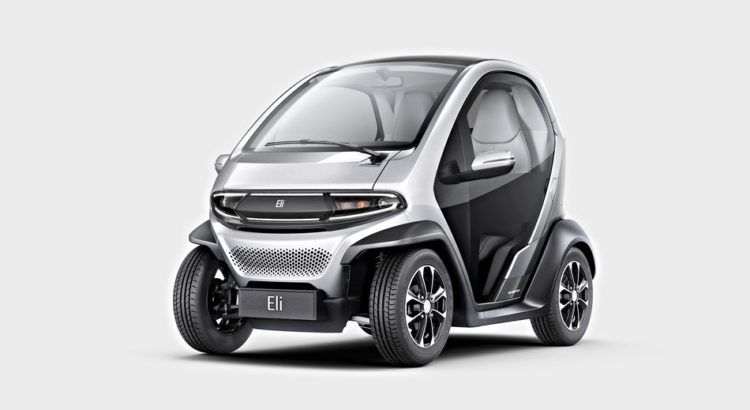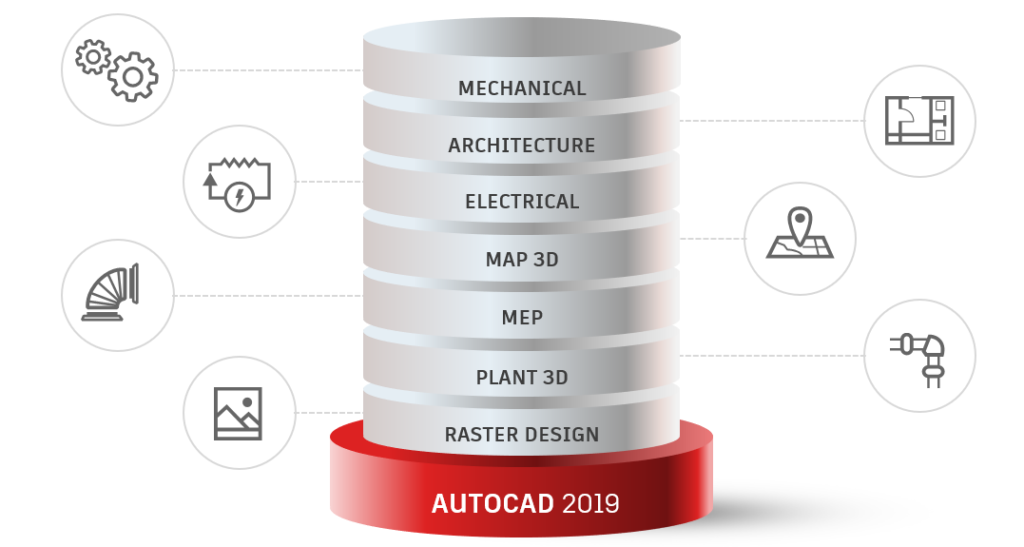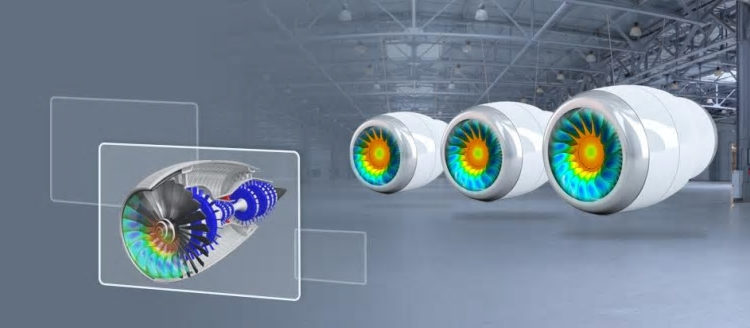Nanoscale energy transport is a new day working concept, that can redefine the whole engineering field.
Below listed are technological aspects that define the future outlook of Nano Technology:
Unlimited Possibilities:
Nano engineering mainly concentrates on material and design processing. With so many advances over the last decade, Nano engineering, will become the new face of engineering and technology. Soon, there will be endless opportunities for manufacturing, microfluidics, robotics, biomedicine, energy, heat transfer, storage and much more.
Interdisciplinary outlook:
Nano engineering is so popular and integrated that, soon it will become the interdisciplinary branches for science and technology which requires the knowledge of mechanical engineering, chemical engineering, electrical engineering, biology, physics, photonics, material science and other fields working on product and design management.
Nano technology will start to play an important role in research fields like Nano scale technology, energy transport, conversion, storage, electromechanical systems, Nano materials and alternative energy systems (Including solar photo voltaic devices) can be used to the maximum extent.
Interconnected to well being and longevity:
In the upcoming years, Nano technology will start to play a major role in enhancing mankind’s life and well being. It will become so possible that, chemically modified Nano material will start having huge impacts on biochemical sensing and human health.
Improved and Diversified Mechanical Engineering:
Through Nano technology it will become possible for mechanical engineers to start expanding their toolbox. Through Nano engineered materials, biochemical sensitivity, mechanical strength, selective transport, thermal/electrical conductivity and optical properties usage can be enhanced to a large extent.
Like any other technology, Nano engineering will soon revolutionize the way we see of work with systems, products and designs. It may be also possible for users to apply their understanding and see how individual atoms and molecules are controlled and composed of.







